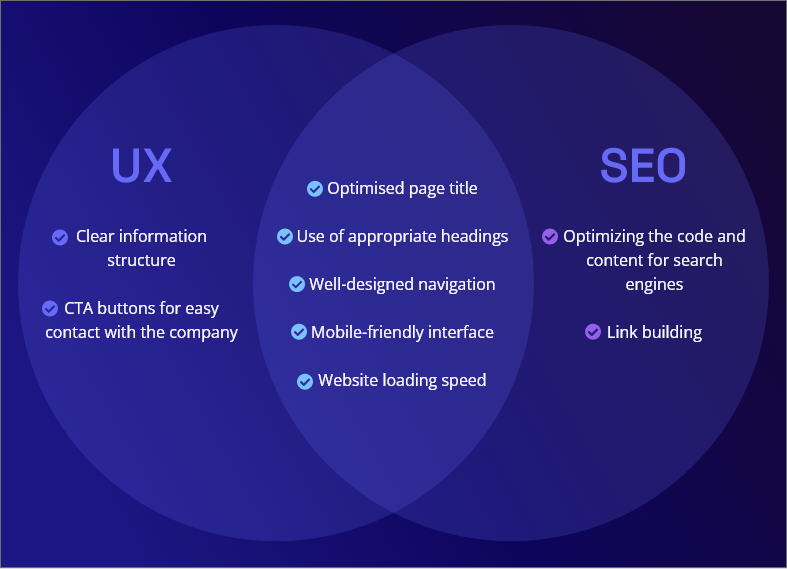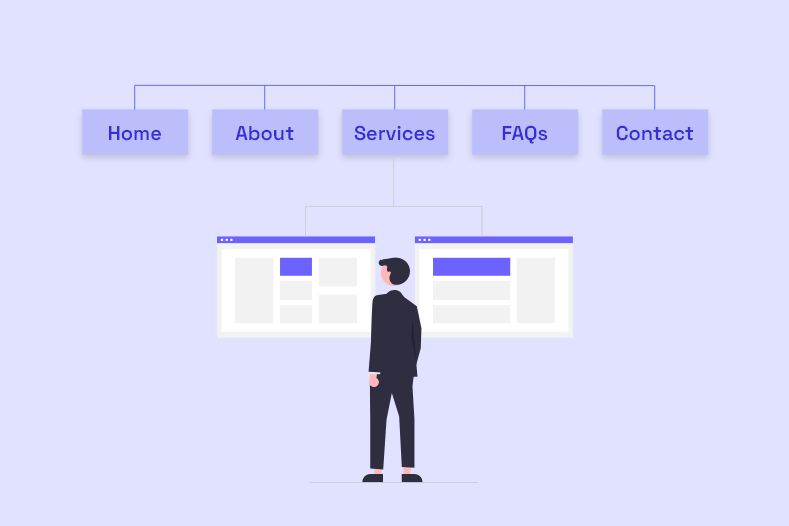Welcome back to our website roadmap! Today, let’s talk about making websites work well. You see, when we design a website, the actual pages matter a lot. But which pages are super important for a great user experience and to show up well on Google, you may ask? Well, it’s all about finding the right balance. If we create designs without thinking about what people like and what Google looks for, visitors might skip your site and go to another. Now, there are six pages that every good website should have. Websites can be big or small, but having around four to 10 pages usually works best. Let’s break it down.
 Chrisa
Chrisa

First, some context. A well-organized website structure is like a good map—easy to navigate and satisfying to explore. Why does this matter? Firstly, it makes things easy for visitors, allowing them to move around effortlessly and find what they’re looking for. Secondly, it’s a win-win for user experience (UX) and search engine optimisation (SEO). When a website provides a great user experience, search engines like Google notice and rank it higher. This means more visibility in search results, leading to increased organic traffic.
During the design phase, using content mapping is crucial to ensure all important information is present and easily accessible. It’s also vital to organise page URLs logically, helping both users and search engines understand the site’s architecture. When your website is ready to launch, creating a sitemap that outlines your site’s structure and submitting it to Google speeds up the process of getting your site indexed. Remember, Steve Jobs said it best: “You’ve got to start with the customer experience and work backwards to the technology.” So, how do we achieve this harmony between UX and SEO?
As implied, gone are the days when SEO was a game of keyword stuffing and link building, disregarding the user’s journey on your website. Today, search engines have evolved, and they’re not just looking at your keywords, but they’re evaluating how users interact with your site. This shift has brought SEO and UX together as inseparable allies. Let’s expand a bit more, just to give you some more background, and then we move on.

“You’ve got to start with the customer experience and work backwards to the technology”.
Your blog is not just a repository for ideas but a strategic asset for SEO. Regularly publishing content strengthens your website’s search engine optimisation, increasing visibility on relevant Google searches. SEO blogging not only showcases your expertise but also attracts your target audience, generating organic leads and contributing to revenue growth.
The FAQs page is a comprehensive guide addressing common questions and uncertainties. It’s like a friendly companion, providing clear and concise answers to common queries. This page goes beyond user assistance, as it seamlessly integrates with SEO strategies by incorporating important keywords. This helps enhance the discoverability of your website on search engines, catering to those seeking quick and concise information.

When we design a website, we follow a clear plan called a website roadmap. We kick things off by analysing the website, using real examples to guide us. This roadmap includes a quality assurance plan to make sure everything is top-notch. We pay special attention to how users will experience the site, and we document this process in a report, giving you insights into what we’re doing.
A good roadmap is vital for search engines (SEO), so we seamlessly blend SEO principles into our design. From the basics of website design to checking everything with an SEO audit, each step is carefully thought out. Our approach goes beyond just design – we also include a complete marketing plan with content strategy, extensive keyword research and studying what our competitors are doing. This ensures your website not only looks good but also works great and is easy to find online.
Now that you know about our website roadmap and how those important pages impact how people find you online, get ready for a website that’s easy to use and loved by search engines. Stay tuned for more insights.